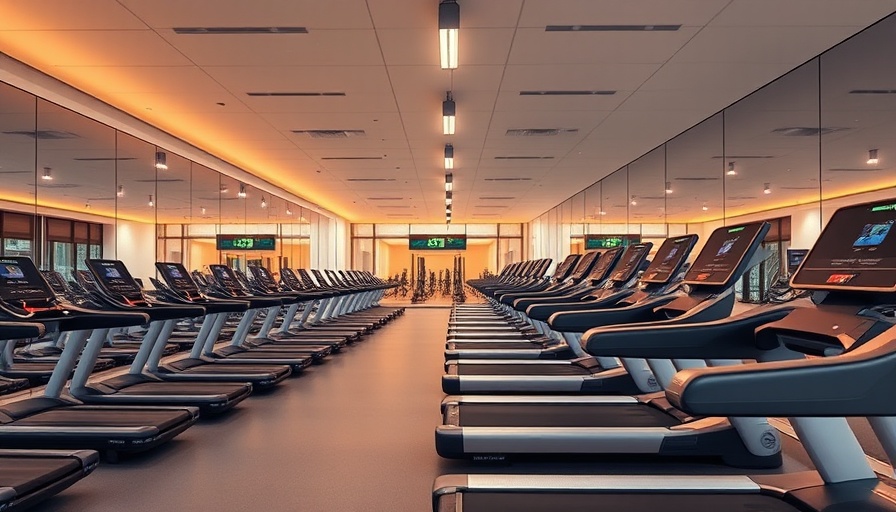
Understanding Active Design: A Crucial Concept for Modern Health
Active Design represents an innovative approach that integrates physical activity into the built environment, enhancing healthier, more physically active lifestyles. In a world increasingly plagued by sedentary behaviors linked to obesity and various health challenges, the need for spaces that seamlessly encourage movement has never been greater. By collaborating with a diverse array of professionals—from architects to public health experts—Active Design promotes vibrant environments that inspire individuals to incorporate physical activity into their daily routines.
The Health Imperative: Why Active Design Matters
With rising obesity rates and related health problems on the rise, the essence of Active Design lies in its ability to create venues that support physical activity. Studies reveal that environments encouraging stair usage or active commuting can lead to significant improvements in health outcomes. Communities that intertwine Active Design into their infrastructures not only foster well-being but also reduce healthcare costs related to sedentary lifestyles, making it an advantageous strategy for developers and local councils alike.
Advantages of Active Design: More than Just Exercise
Incorporating Active Design principles offers profound benefits for both individuals and communities:
- Encouragement of Movement: By facilitating physical activity and reducing sedentary behavior, communities can promote better public health.
- Mental Well-Being: Access to natural light and greenery significantly enhances mental wellness, fostering a sense of connection to nature that alleviates stress.
- Community Interaction: Well-designed public spaces encourage social gatherings, promoting a sense of belonging.
- Economic Enhancement: Attractive and vibrant public spaces can positively impact local economies by attracting visitors and businesses.
- Environmental Gains: Active Design nurtures walking and biking, thereby decreasing vehicle emissions.
Strategies for Implementing Active Design
As we look toward enhancing built environments, several key strategies emerge. Effective design incorporates:
- Inviting Stairwells: Bright and inspiring staircases, complemented by artworks and plants, can make the act of using stairs more appealing.
- Active Workstations: Standing desks and treadmill-workstations prevent stationary work habits.
- Urban Planning Initiatives: Creating pedestrian-friendly streets and dedicated bike lanes encourages active transportation.
- Public Recreational Spaces: Parks and recreational areas should serve as hotspots for social interaction and physical activities.
Engaging Public Spaces: The Heart of Community Health
Public spaces shaped by Active Design principles play a vital role in promoting physical activity:
- Parks and Playgrounds: Offer diverse play structures to engage all age groups in outdoor recreation.
- Community Gathering Areas: Event spaces that host various activities encourage community connections and interactions.
Influencing Daily Life Through Active Design
Active Design strategies should encourage movement during day-to-day life:
- Wayfinding Signage: Clear and appealing signs direct activities toward parks and fitness centers, fostering exploration.
- Community Programs: Initiate programs encouraging fitness activities such as walking groups and outdoor classes.
The Role of Technology in Active Design
With technological developments, Active Design can be further enhanced. Mobile applications promoting local fitness events or interactive installations in public spaces can engage the community effectively, making the design experience more lively.
The Importance of Understanding Local Needs
To ensure the successful implementation of Active Design principles, constant community engagement is essential. By conducting workshops and incorporating feedback into designs, architects and planners can create spaces that truly reflect the needs of their communities.
Conclusion: A Call to Action for Healthier Built Environments
Active Design is not merely a design trend; it is a movement towards creating living spaces that foster health and well-being. The harmonious blend of physical activity with environmental design not only promotes a healthier society but also enriches our communities economically and socially. Stakeholders at all levels—designers, community leaders, and occupants—must collaborate to transform built environments into welcoming spaces that stimulate movement and engagement. Together, we can champion Active Design, supporting a healthier future for all.
 Add Row
Add Row  Add
Add 






Write A Comment